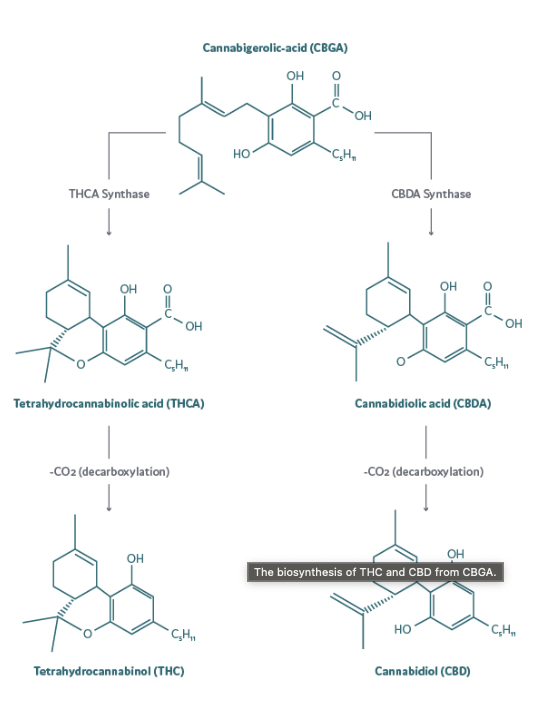Lewis acids are a class of chemicals that can be used to catalyze the isomerization of CBD into other cannabinoids, such as THC. In this process, a Lewis acid acts as a catalyst to facilitate the rearrangement of the atoms in the CBD molecule, converting it into THC or other cannabinoids.

The most common Lewis acids used in the isomerization of CBD are boron compounds, such as boron trifluoride (BF3) and aluminum trichloride (AlCl3). These compounds have the ability to accept electrons, making them ideal catalysts for the isomerization process.
The use of Lewis acids in the isomerization of CBD is a relatively new development in the cannabis industry. However, the process has already been found to be highly efficient and can yield high-purity products. For example, a study by researchers at the Technical University of Munich found that the use of BF3 as a catalyst in the isomerization of CBD to THC resulted in a 96% conversion rate, with a THC purity of 99%.
One of the benefits of using Lewis acids for isomerization is that the process can be carried out at lower temperatures than other methods, such as decarboxylation. This reduces the risk of degradation of the compounds, leading to a higher quality and purer final product.
Another advantage of using Lewis acids is that they can be easily removed from the reaction mixture after the isomerization process is completed. This means that the final product is free of any residual acid, making it safe for consumption.
In conclusion, using Lewis acids in the isomerization of CBD is a highly efficient and safe way to convert CBD into other cannabinoids, such as THC. With the use of these catalysts, the process can be carried out at lower temperatures than other methods, resulting in higher purity and higher quality of the final product. Therefore, the use of Lewis acids could be a promising way to produce high-quality medical cannabinoids and research studies.
However, it is important to keep in mind that using Lewis acids for isomerization might be a complex process, and it would be necessary to carry out further studies and safety measures before implementing this method in a commercial scale.
